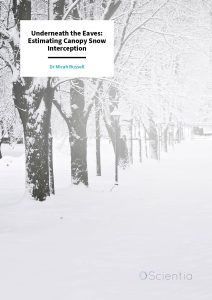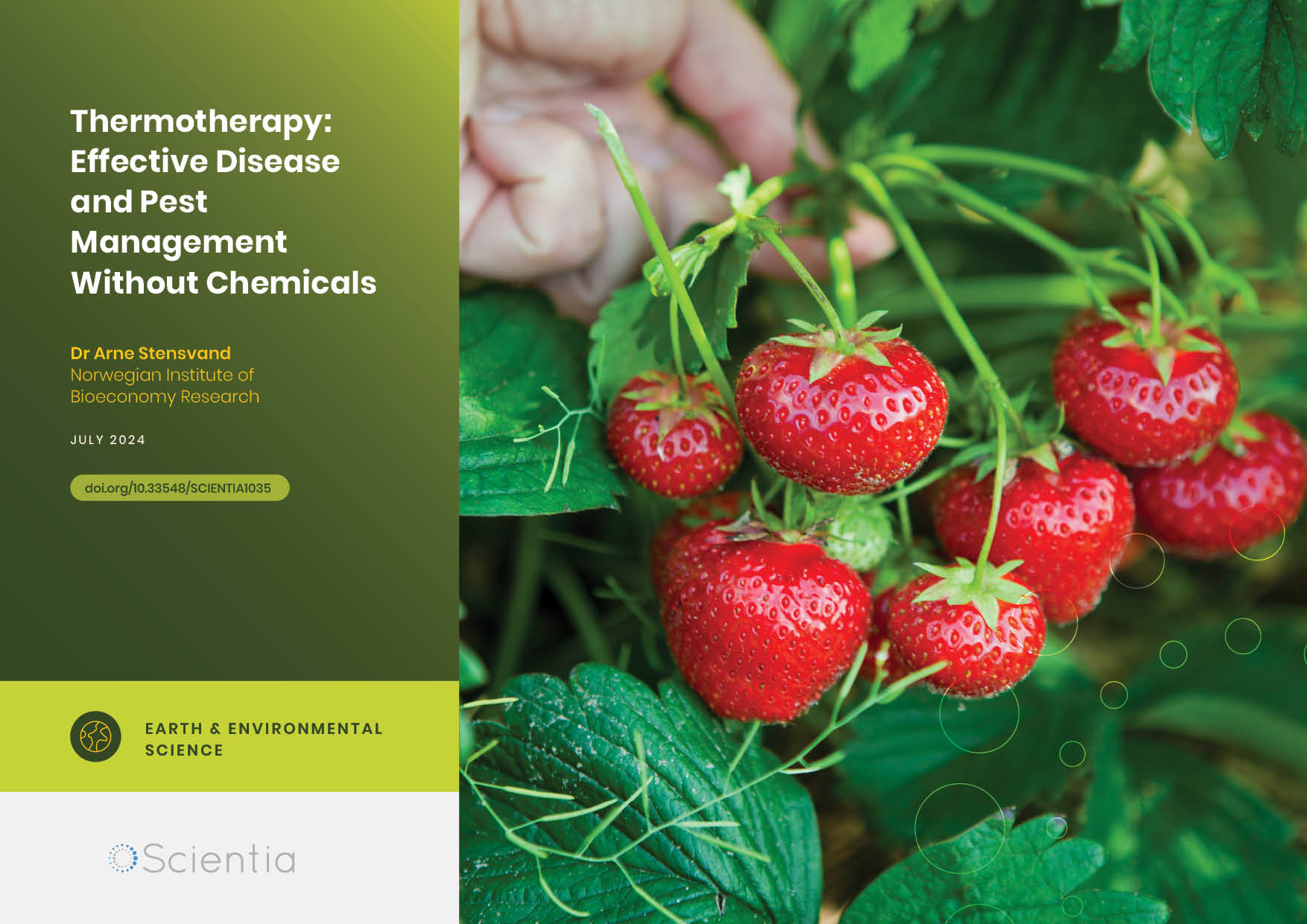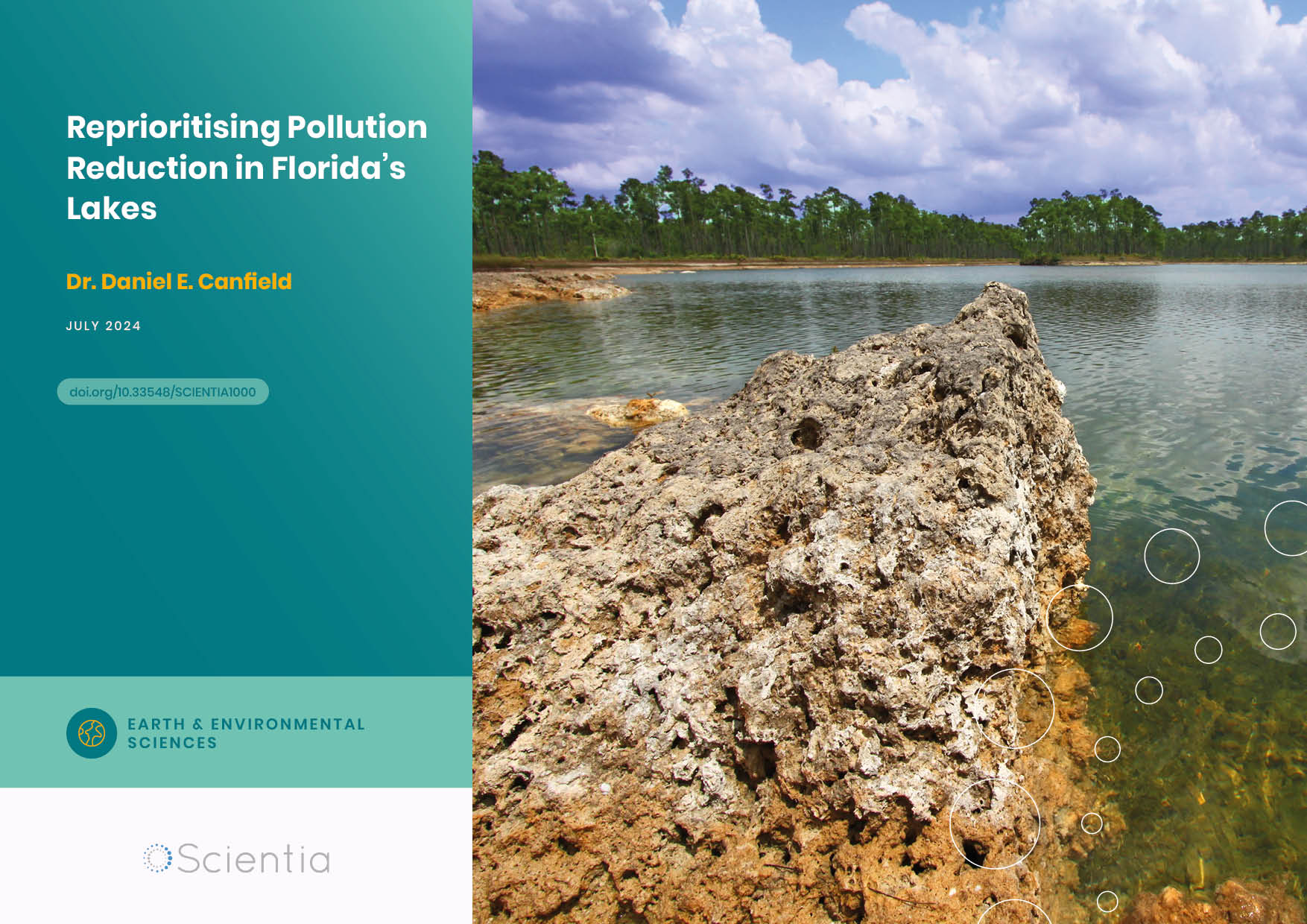Dr Micah Russell | Underneath the Eaves: Estimating Canopy Snow Interception
In many cold regions of the world, snowfall is the primary form of water input to the environment. To a greater degree than rain, snowfall can be prevented from reaching the ground through interception by the canopies of trees, meaning that in heavily forested areas, very little snow reaches the ground immediately. Dr Micah Russell from Western Colorado University and his colleagues have developed a new method using lasers to determine the volume of snow intercepted by forest canopies to help better understand the hydrology of these regions.
Precipitation and Interception
In the water cycle, precipitation is the process by which atmospheric water returns to the surface. Depending on atmospheric conditions, this precipitation can take several forms, ranging from small barely-there droplets to pellets of ice. For cold regions of the world, the primary form of precipitation is snowfall. As the snow melts, it runs off into streams or is absorbed into the ground, where it can be used by plants living in the region.
In thickly forested areas where snow is the primary precipitation, a significant amount of snowfall never reaches the ground, instead being caught in the canopies of the trees. While some fraction of the intercepted snow may reach the ground through wind-driven unloading or through melting, a good deal of it is lost to other processes. The top layers of snow in the canopy are exposed to energy in the forms of sunlight and wind. This energy can excite the surface molecules of water enough to turn them straight from water ice to water vapour: a process called sublimation. This process can return water that falls as snow straight to the atmosphere without it ever reaching the ground.
According to Dr Micah Russell from Western Colorado University, under certain circumstances, this process of interception and sublimation has been shown to account for around 60% of all the precipitation that falls as snow over a forested region. Having accurate measurements of the amount of snow intercepted by a forest canopy is, therefore, incredibly important for properly understanding the hydrology of these regions. To help measure this caught snow, Dr Russell and his colleagues developed a new laser-based method for measuring and mapping snow interception in forested regions.
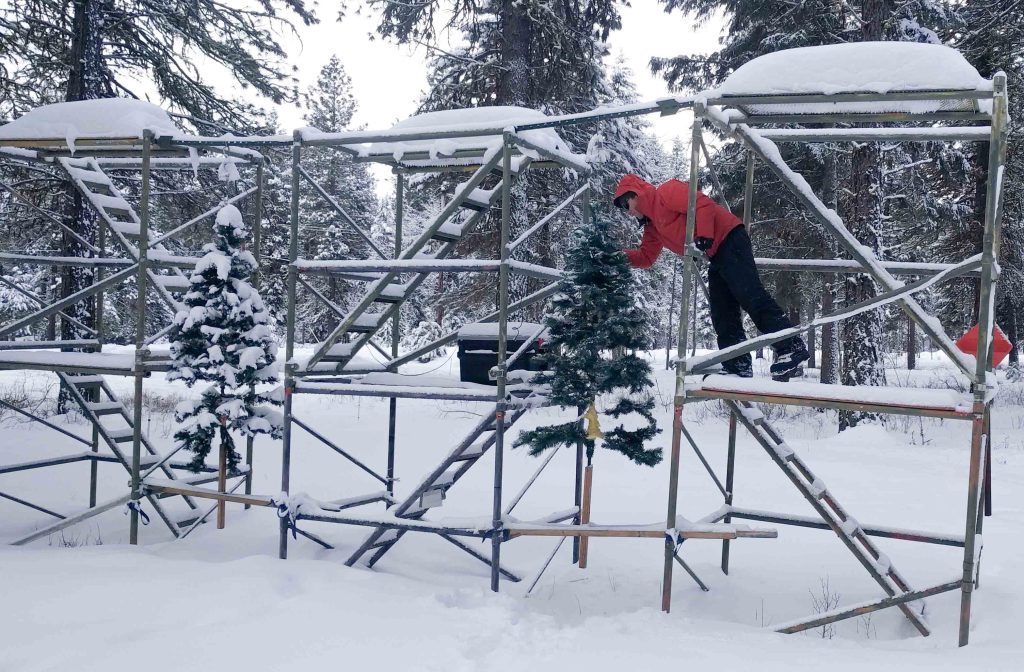
Snow Interception Measurements
Despite the importance it plays in the hydrology of a region, the amount of snow captured by the forest canopy remains difficult to measure and model. There are many factors that contribute to the amount of snow that can be captured, which can be grouped into intrinsic and extrinsic variables.
Intrinsic factors have to do with the forest itself and include the type of vegetation and its stiffness, the three-dimensional canopy structure, and the spacing of trees within the forest. A dense canopy that includes wide and stiff branches with irregular shapes will intercept a lot more snow than a canopy formed of thinner, bendier, regularly spaced branches.
Extrinsic factors are those that have to do with the types of snow and include the structure of the crystals, the water content of the snow, humidity, and wind speed. These factors combine to determine how well snow sticks to both itself and to vegetation.
The first challenge for researchers working in this field is how best to measure the snow captured by an individual tree, which can then be used to estimate snow intercepted by a forest canopy. To measure the amount of snow directly captured by a tree, researchers have been limited to experimentally weighing trees or branches laden with snow. This process is both time-consuming and resource-intensive.
To make this process easier, Dr Russell has developed a method using a Terrestrial Lidar System (TLS). Lidar (light detection and ranging) works by measuring the time taken for laser light to be reflected from an object and returned to the emitter. This process records the angle and distance of the reflection point from the emitter, and how strong the reflection was. The data from TLS can be used to create a hugely detailed three-dimensional model of objects, including trees.
To work out the amount of snow that has been intercepted by a tree, Dr Russell takes two sets of measurements. The first measures the tree with no snowfall on it; these data are used to determine the initial volume of the tree, which is then compared to the volume of the tree with snow in its canopy. Dr Russell’s team performed 24-hour, automated TLS scans on two continuously weighed trees. They found that the snow mass estimates using TLS data compared favourably with traditional tree weighing.
Dr Russell explains that there are several key advantages to using this method, such as the ability to determine the amount of snow captured in each layer of the tree’s canopy and speedy data collection that can be easily integrated into snow interception models. To improve the estimation of snow interception using this method, Dr Russell suggests integrating data on snow density to transform snow volume to mass, and performing more experiments on forests with different compositions and under different temperature conditions.
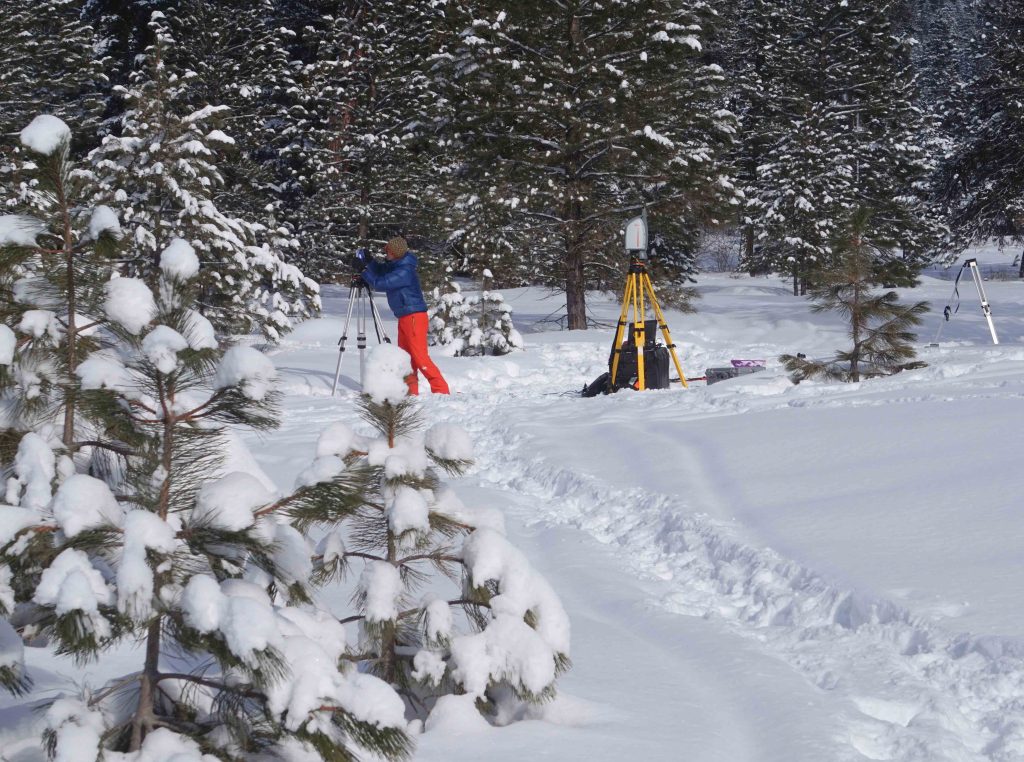
Canopy Capture Models
Current hydrological and streamflow prediction models rely on snow interception estimates that are difficult to produce and are prone to errors. Calculating the snow intercepted by a single tree and scaling this across a wide area runs into problems with changing terrain and vegetation types, and comparing a forested area with a cleared area to produce estimates doesn’t account for wind re-depositing snow or the effects of snow slipping off branches. Very often, hydrological models rely on simple proxies for snow interception, including leaf area index (LAI) or canopy closure (CC). However, this only gives a two-dimensional view of the forest, and doesn’t account for the three-dimensional structure of the canopy that increases the interception rate of snow.
To try and resolve these issues, Dr Russell has developed a method using data gathered via Airborne Laser Scanning (ALS) systems to determine the canopy structures that make the most impact on snow interception. ALS works in the same way as TLS but is mounted on an aircraft or drone in order to scan large areas quickly. ALS systems have previously been used to great effect to create high-resolution three-dimensional maps of archaeological finds or places experiencing rapid landscape change, and are particularly useful in gathering data about regions that are physically difficult to reach or obscured by vegetation. Using data gathered from ALS can also help researchers detect detailed information about the structure of a forest, providing information about tree height, volume, and canopy structure.
Dr Russell explains that previous studies have demonstrated that ALS data can provide enough intrinsic information about the canopy that, combined with meteorological information, researchers can make estimates about snow interception that outperform existing methods and models. But, whilst these studies show the potential of ALS for improving models of snow interception, there are still questions about which of the canopy metrics derived from ALS have the most impact on snow interception. These questions remain difficult to answer, not least because it is difficult to gather data on snow interception directly across a range of different trees.
Nonetheless, in an effort to address this, Dr Russell and the team gathered data from the Bear Basin meadows in central Idaho. Using TLS, Dr Russell scanned 14 different snow-free trees and clumps of trees, chosen for their varying sizes and structures. Later, once snow had fallen, they rescanned the trees to estimate how much snow they had captured. The snow-on measurements were repeated a month later, to try and help answer how much the air temperature affected the interception rate. Once the data had been gathered from the ground, it was compared to historical ALS data taken in the same area. The team used a suite of ALS-derived aerial canopy metrics to predict the on-the-ground TLS-derived snow volumes.
A range of canopy structures identifiable via ALS had an impact on snow interception. These included the length of the crown of the tree and its distribution from the stem, the volume of the tree and its crown, the crown surface area, the tree height, and the number of unobstructed laser returns (i.e., the first returns only, not instances where the laser bounces off multiple layers of the canopy). Dr Russell found that the length of the crown was the most impactful canopy variable in estimating snow interception, followed by the whole tree volume, and then the amount of unobstructed laser returns. The model results suggested that whilst extrinsic factors do play a part in the amount of snow captured, a modest number of intrinsic forest factors alone can be used to estimate the interception likelihood over large areas.
Importantly, Dr Russell’s model demonstrated a marked improvement over models that relied only on LAI and CC in their calculations. He now suggests that future research could use their work on ALS-derived canopy structures to expand our understanding of how extrinsic forest structure, combined with local climatic variables, influences snow interception and persistence in the canopy across forest stands of different types. Dr Russell is indeed currently advising a graduate student on a related study near Crested Butte, Colorado.
Dr Russell’s work has shown that by using laser systems, we can make much more accurate estimates of the snow intercepted by the canopies of trees. Integrating this data with aerial scans of forests may allow for improved streamflow models as well, giving us unique insight into the hydrology of these snow-covered forests and their importance to downstream habitats and communities.
SHARE
DOWNLOAD E-BOOK
REFERENCE
https://doi.org/10.33548/SCIENTIA979
MEET THE RESEARCHER
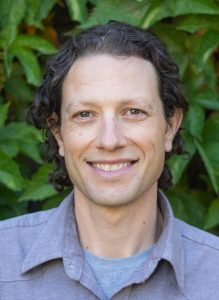
Dr Micah Russell
Western Colorado University
Colorado
USA
Dr Micah Russell is an environmental scientist with a diverse research portfolio that spans wetland and river restoration, water supply planning, and remote sensing. In 2020, Dr Russell achieved his PhD in Water Resources from the University of Idaho, where he specialised in studying snow hydrology and the effects of intensifying droughts on seasonal wetlands. With extensive experience in industry and academia, Dr Russell now teaches and mentors students in environmental project management as an Assistant Professor of Environment and Sustainability at Western Colorado University. He is keen that his students obtain as much practical experience as possible and work on projects directly involving the local community.
CONTACT
E: mrussell@western.edu
W: https://western.edu/people/micah-russell/
KEY COLLABORATORS
Jan U. H. Eitel, Tim El, Link, and Ian Hellman (University of Idaho)
Carlos A. Silva (University of Florida)
Andrew J. Maguire (Conservation Science Partners)
FUNDING
National Aeronautics and Space Administration
National Science Foundation
US Department of Energy
Curt Berklund Fund
FURTHER READING
M Russell, JUH Eitel, TE Link, CA Silva, Important Airborne Lidar Metrics of Canopy Structure for Estimating Snow Interception, Remote Sensing, 2021, 13, 4188. DOI: https://doi.org/10.3390/rs13204188
M Russell, JUH Eitel, AJ Maguire, TE Link, Toward a Novel Laser-Based Approach for Estimating Snow Interception, Remote Sensing, 2020, 12(7), 1146. DOI: https://doi.org/10.3390/rs12071146

REPUBLISH OUR ARTICLES
We encourage all formats of sharing and republishing of our articles. Whether you want to host on your website, publication or blog, we welcome this. Find out more
Creative Commons Licence (CC BY 4.0)
This work is licensed under a Creative Commons Attribution 4.0 International License. 
What does this mean?
Share: You can copy and redistribute the material in any medium or format
Adapt: You can change, and build upon the material for any purpose, even commercially.
Credit: You must give appropriate credit, provide a link to the license, and indicate if changes were made.
SUBSCRIBE NOW
Follow Us
MORE ARTICLES YOU MAY LIKE
Dr Robert Larkin | Cultivating Change to Improve Soil Health and Increase Potato Yield
Environmental quality and food production are facing the pressing challenges of climate change and global population growth. Dr Robert Larkin from the United States Department of Agriculture-Agricultural Research Service (USDA-ARS) and a team of plant scientists developed and tested a range of crop management systems to help overcome these compounding challenges. Their work is improving soil health and increasing the yield of potato crops, contributing to the future food security of nations.
Dr Arne Stensvand | Thermotherapy: Effective Disease and Pest Management Without Chemicals
Dr Arne Stensvand and his team at the Norwegian Institute of Bioeconomy Research are developing physical methods of pest reduction in plants. The team is specifically interested in strawberry plants, for which pest management is vital for crop success. They are pioneering thermotherapy as a heat treatment method to provide an environmentally effective and economically sound non-chemical approach to pest management.
Dr. Daniel Canfield | Reprioritising Pollution Reduction in Florida’s Lakes
Florida’s landscape is dotted with thousands of lakes that reflect regional geology, topography and anthropogenic activities. Phosphorus and nitrogen are critical nutrients for maintaining the wide range of biological production expressed across Florida, but excessive inputs of these nutrients due to past human activities impair many waters. There has been a long history of work aiming to address associated water quality pressures, and Dr. Daniel Canfield at the University of Florida has been at the centre of these efforts for over 40 years. Now, with the correction of point-source nutrient inputs, Dr. Canfield proposes that holistic lake management, including the integration of in-lake management strategies with a focus on organic sediment removal, should be much more prominent on the US government’s agenda to provide faster restoration of stakeholders’ lake usability.
Dr Jon Tore Lieng | Dynamically Installed Anchors for Floating Offshore Turbines
Effectively harnessing offshore wind presents a valuable opportunity to increase energy supplies. Floating wind turbines present several advantages over traditional fixed turbines in more shallow waters. Dr Jon Tore Lieng from Deep Sea Anchors and colleagues have developed a type of dynamically installed anchor to hold the structures in place while reducing both the costs and complexity associated with installation where cohesive seabed sediments are realised.

